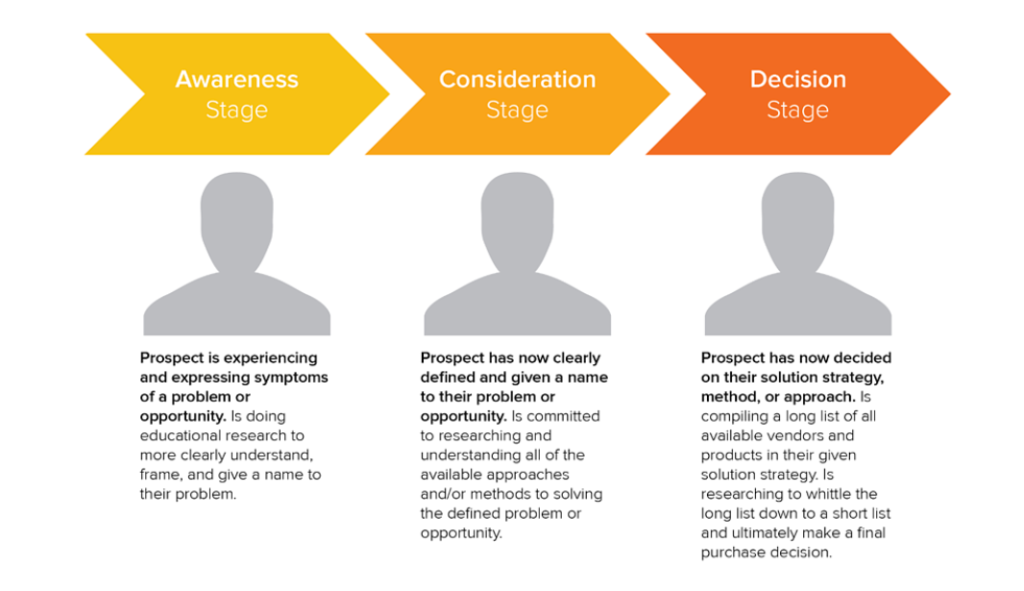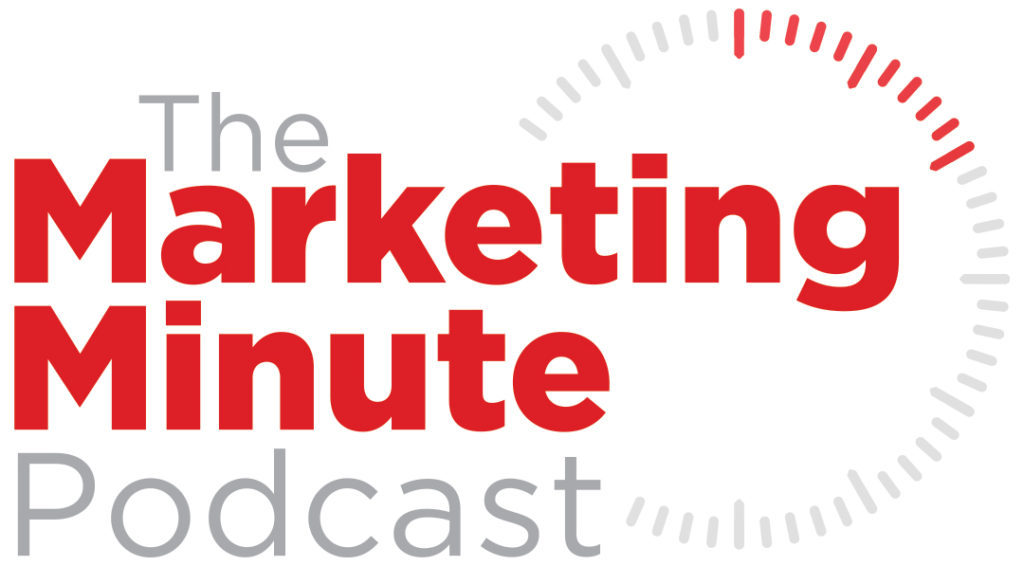
Effective marketing strategies require that healthcare organizations focus their marketing budget on surefire methods of converting leads to new sales. Remarketing in healthcare organizations is the answer.
Healthcare marketing is a way to keep a healthcare facility alive and well. It brings in new patients, keeps old ones coming back. Without it, what would happen? There’d be no influx of customers, and even loyal ones might drop off.
The fact that 5% of Google searches are medical-related inquiries means that healthcare organizations need to be competitive in their marketing strategies.
Yet, traditional marketing strategies are not as cost-effective as the latest advertising campaigns known as remarketing. If you are unfamiliar with how remarketing works, check out this digital remarketing in healthcare e-guide.
What is Remarketing?
Remarketing is an advertising campaign that is better known as retargeting. This term better describes what remarketing is and how it works.
Remarketing referred to as targeted ads geared towards people who have visited your website, landed on your page through a search engine inquiry, or otherwise engaged with your brand using a digital platform. These targeted ads re-engage with those that visited your site without purchasing or scheduling an appointment on their first visit.
Remarketing allows brands to reach out via email, through CRM tools, cold-calls, or targeted ads that stream across social media, newsfeeds, and website banners. Nearly 92% of people do not purchase the first time they visit a brand’s site. Therefore, remarketing is a highly effective tool that gives healthcare organizations a chance to reach out to leads and turn them into new patients.
5 Momentous Benefits of Remarketing in Healthcare
Marketing is an integral part of any business, but healthcare organizations may have a more difficult time attracting potential patients. Ways to improve the marketing strategy and snag new customers include remarketing ads.
Using data collected through lead scoring systems, medical providers can advertise to specific groups who might be interested in buying products or services from them. Here are a few of the benefits of a remarketing campaign in your healthcare organization.
1. Better Connection to Audience
Remarketing is a way to maintain your connection with customers even when they are not actively searching for you. Remarketed ads tend to be compelling and top-of-mind, which means that if someone ever makes a purchase from you in the future, there is an increased chance of them seeing one of these ads first.
The best way to get the most out of your marketing campaign is by targeting specific people at certain stages in their buying cycle. Therefore, you are not advertising to just any random site visitor. So, ask yourself which people make the most sense to retarget.
2. Higher Conversion Rate
Online advertising is all about converting your audience into leads. Remarketing, a tactic used to display ads on sites other than yours, can help you get higher conversion rates by displaying banners even when users are not browsing your site. Ultimately this will build consumer trust and boost sales.
Create engaging content that will keep people coming back for updates on treatments, research breakthroughs, and other helpful resources. A strong content marketing plan generates leads to bolster patient retention rates by delivering tailored information at just the right time to the right audience.
3. Increased Marketing ROI
Adding remarketing to your campaign is a smart move for any business, especially in healthcare. The return on investment (ROI) of this type of marketing will depend on how effective your efforts are, but even so, it’s always better than not having one at all.
Remarketing ads come with less cost per click and conversion rates when compared to traditional SEO campaigns, which means that there’s an increased chance for success if these are used first before anything else. Remember, never run a remarketing campaign unless you have enough traffic coming from other sources as well.
4. Utilizes Multiple Platforms
In many ways, the Internet has made it easier for health systems to reach patients. Campaigns on digital platforms are considerably more economical than advertising in traditional media outlets like TV and radio. Furthermore, nearly 72% of consumers prefer to connect with an organization across multiple platforms.
There is also a comprehensive variety of tools available, such as Facebook Ads, which can be used by healthcare organizations to finely target their audience based on demographic information or even specific interests indicated through likes and posts.
5. Most Cost-Effective
The share of global healthcare ad spend on the internet in 2021 has been 45.9% in various mediums. Therefore, remarketing ads are a cost-effective way of targeting people who have previously demonstrated their willingness to utilize healthcare services from your medical office. They have done this by viewing your website content as indicated through Google Analytics. With these targeted prospects more qualified than cold leads, there is no need to spend so much time convincing them with broad marketing tactics.
The leads connecting with your medical office will likely be interested in utilizing your services, saving advertising costs. It doesn’t hurt that remarketed customers are also highly engaged because they had explicitly visited your site before. By combining this technique with contextual targeting, you will ensure an increase in new, loyal patients.
Remarketing for Your Digital Marketing Strategy in Healthcare Services
Defining your target market is the best way to advertise in digital media, especially if you’re doing remarketing. The first step should be to determine whom to target and how to bring them back again. This technique will help with other aspects of the campaign, such as setting up goals to know where members of your target audience live, their age group, and even their income level.
Define your audience when starting a new type or form of marketing because it helps create a solid foundation before launching any other form of a marketing campaign. Researching your audience allows you to better shape how things go from there!
For more information on the best remarketing campaign strategies, contact us here at Shared Moving Media.





